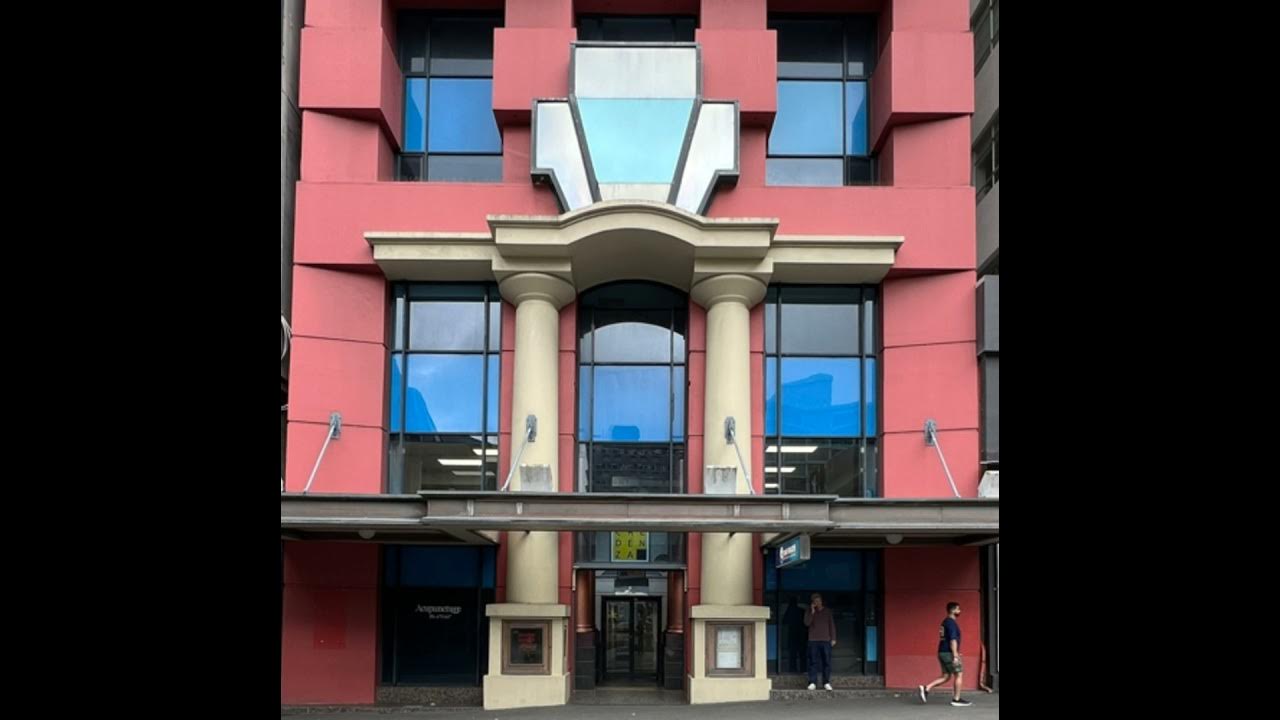Profiles: Bobby Mañosa
Summary
TLDRIn this engaging discussion, Filipino architects and real estate professionals share their vision of elevating the standards of Filipino architecture and design. They emphasize the importance of pride in local craftsmanship, aiming to inspire both affluent clients and the broader community to appreciate and aspire to quality Filipino homes. The conversation highlights mutual respect and effective communication as crucial elements in their work, addressing misconceptions about serving only the wealthy. Ultimately, they envision a future where every Filipino feels proud to live in a beautifully designed home that reflects their identity.
Takeaways
- 😀 Emphasizing mutual respect and effective communication is crucial for team success.
- 🏠 Filipino architecture aims to uplift cultural pride and identity.
- 💡 The saying 'Mass follows class' reflects the intention to raise community standards.
- 🌍 The responsibility of architects is to change how Filipinos view their homes.
- 🛠️ The current focus on designing for affluent clients is seen as a stepping stone.
- ✨ Future aspirations include making Filipino homes desirable for all socioeconomic classes.
- 🤝 Collaboration and celebration among team members enhance workplace synergy.
- 🎉 Acknowledging the achievements of colleagues fosters a supportive environment.
- 🔍 There is an ongoing commitment to elevate the perception of Filipino design.
- 🌱 The ultimate goal is to create a lasting impact on Filipino homes and culture.
Q & A
Who is Francisco Bobby Manosa, and what is he known for?
-Francisco Bobby Manosa is an internationally acclaimed Filipino architect recognized for his pioneering work in green architecture, which he incorporated into his designs long before it became a popular term. He encouraged the use of indigenous materials and environmentally friendly principles.
What was the significance of the bahi Kubo in Manosa's architectural philosophy?
-The bahi Kubo, a traditional Filipino house, served as a fundamental model for Manosa's designs, emphasizing climate-conscious architecture. He interpreted its principles in a modern context, promoting sustainable living.
What materials did Manosa promote in his architectural projects?
-Manosa was one of the first architects to promote the use of indigenous materials such as bamboo, rattan, and coconut in his projects, aiming to create structures that respected and integrated with nature.
How did Manosa's children contribute to his legacy?
-Manosa's children, particularly Bambi, Angelo, and Dino, lead various branches of their father's architectural firm and its non-profit arm. They work to keep his legacy alive by promoting Filipino design and sustainable practices.
What are some eco-friendly features of the Manosa-designed home showcased in the interview?
-The home features sustainable innovations such as wind and sun orientation for natural cooling, energy-efficient appliances, the use of recycled materials, and a gray water system that recycles 73% of water used.
What is the significance of the Child Protection Unit at PGH mentioned in the interview?
-The Child Protection Unit at PGH is a project that reflects Manosa's commitment to social responsibility. It provides a safe space for abused children to receive help, showcasing the intersection of architecture and humanitarian efforts.
How does the Manosa Group of Companies approach real estate development?
-The Manosa Group aims to differentiate itself by avoiding cookie-cutter designs and instead focusing on unique, culturally rich architectural projects that inspire pride in Filipino heritage.
What is the company's philosophy regarding architectural design and the community?
-The company's philosophy centers on uplifting the standards of how Filipinos perceive themselves through architecture, aiming to create homes that resonate with cultural identity and community pride.
What challenges do the Manosa siblings face in continuing their father's legacy?
-One challenge they face is balancing the desire to innovate with the commitment to their father's traditional principles. They also navigate pressures from the market while striving to maintain their values.
How do the Manosa children plan to celebrate their father's 40th anniversary in architecture?
-They plan to host an exhibit showcasing their father's work and contributions to architecture, aimed at inspiring students and honoring his legacy in the field.
Outlines

Cette section est réservée aux utilisateurs payants. Améliorez votre compte pour accéder à cette section.
Améliorer maintenantMindmap

Cette section est réservée aux utilisateurs payants. Améliorez votre compte pour accéder à cette section.
Améliorer maintenantKeywords

Cette section est réservée aux utilisateurs payants. Améliorez votre compte pour accéder à cette section.
Améliorer maintenantHighlights

Cette section est réservée aux utilisateurs payants. Améliorez votre compte pour accéder à cette section.
Améliorer maintenantTranscripts

Cette section est réservée aux utilisateurs payants. Améliorez votre compte pour accéder à cette section.
Améliorer maintenantVoir Plus de Vidéos Connexes

Francisco Mañosa: Why Filipino Architecture?

ARCH 1311 Lecture 12 - Video #1: How do you Design?

The Impact of AI on Architecture and Design

Challenges Faced by Filipino Immigrants in America

Tech in Teslas 006 with Craig Barbieri, Director of Digital Technology at EwingCole

Mga kababayan natin sa Dubai, may itinuturing na home away from home?! | Kapuso Mo, Jessica Soho
5.0 / 5 (0 votes)
